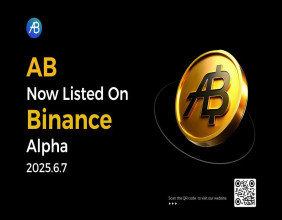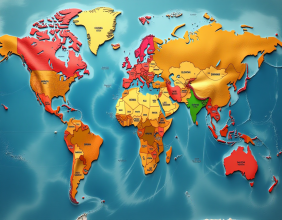Highlights
- Overview of the interbank market and its functions.
- Key participants and types of transactions.
- Importance of the interbank market in global finance.
The interbank market is a global financial system where financial institutions exchange currencies, loans, and other financial instruments among themselves. This market operates over the counter (OTC), meaning transactions occur directly between banks without a centralized exchange. It plays a crucial role in maintaining liquidity, managing risk, and facilitating international trade and investment. By enabling currency exchanges and short-term borrowing, the interbank market ensures the smooth functioning of the global financial system.
Understanding the Interbank Market
The interbank market is primarily used by banks and financial institutions to trade currencies, manage liquidity, and adjust their balance sheets. It operates on a large scale, with transactions involving substantial sums of money. Banks engage in interbank transactions to meet reserve requirements, fund their day-to-day operations, and hedge against currency or interest rate fluctuations.
Since the interbank market functions OTC, transactions are conducted directly between parties through electronic trading platforms, telephone, or broker networks. The market is decentralized and operates 24 hours a day, reflecting the global nature of currency trading across different time zones.
Key Participants and Types of Transactions
Several key participants actively engage in the interbank market:
- Commercial Banks: Major commercial banks are the primary players, trading currencies and providing short-term loans to each other to manage liquidity and meet regulatory requirements.
- Central Banks: Central banks participate to implement monetary policy, stabilize currency values, and influence interest rates. They intervene to control inflation or support economic growth by buying or selling currencies.
- Investment Banks: Investment banks engage in currency trading and interbank lending to facilitate international investments and manage their clients' financial portfolios.
- Hedge Funds and Corporations: Although not direct participants, hedge funds and multinational corporations access the interbank market indirectly through commercial banks for currency hedging and international transactions.
There are two main types of transactions in the interbank market:
- Foreign Exchange (Forex) Transactions: The largest segment of the interbank market involves the exchange of currencies. Banks trade currencies to facilitate international trade, investment, and speculation on currency movements. Transactions include spot trades (immediate exchange) and forward contracts (future exchange at a pre-agreed rate).
- Interbank Lending: Banks lend to each other on a short-term basis to maintain liquidity and meet reserve requirements. These loans are typically unsecured and are offered at interbank interest rates, such as LIBOR (London Interbank Offered Rate) or EURIBOR (Euro Interbank Offered Rate).
Importance of the Interbank Market in Global Finance
The interbank market is vital for the stability and efficiency of the global financial system:
- Liquidity Management: It ensures that banks have sufficient liquidity to meet their short-term obligations and maintain operational efficiency.
- Currency Exchange and Trade Facilitation: By enabling currency exchange, the interbank market supports international trade and investment, promoting global economic growth.
- Monetary Policy Implementation: Central banks use the interbank market to influence interest rates, control inflation, and stabilize their national currencies.
- Risk Management and Hedging: Financial institutions use the market to hedge against currency fluctuations, interest rate changes, and other financial risks.
- Price Discovery and Benchmarking: The interbank market facilitates price discovery for currencies and sets benchmark interest rates, influencing lending and borrowing rates worldwide.
Conclusion
The interbank market is a critical component of the global financial system, enabling banks and financial institutions to exchange currencies and manage liquidity efficiently. By facilitating currency trading, short-term lending, and risk management, the interbank market supports international trade, investment, and monetary policy implementation. Its role in price discovery and benchmark rate setting underscores its importance in maintaining financial stability and promoting economic growth worldwide.





